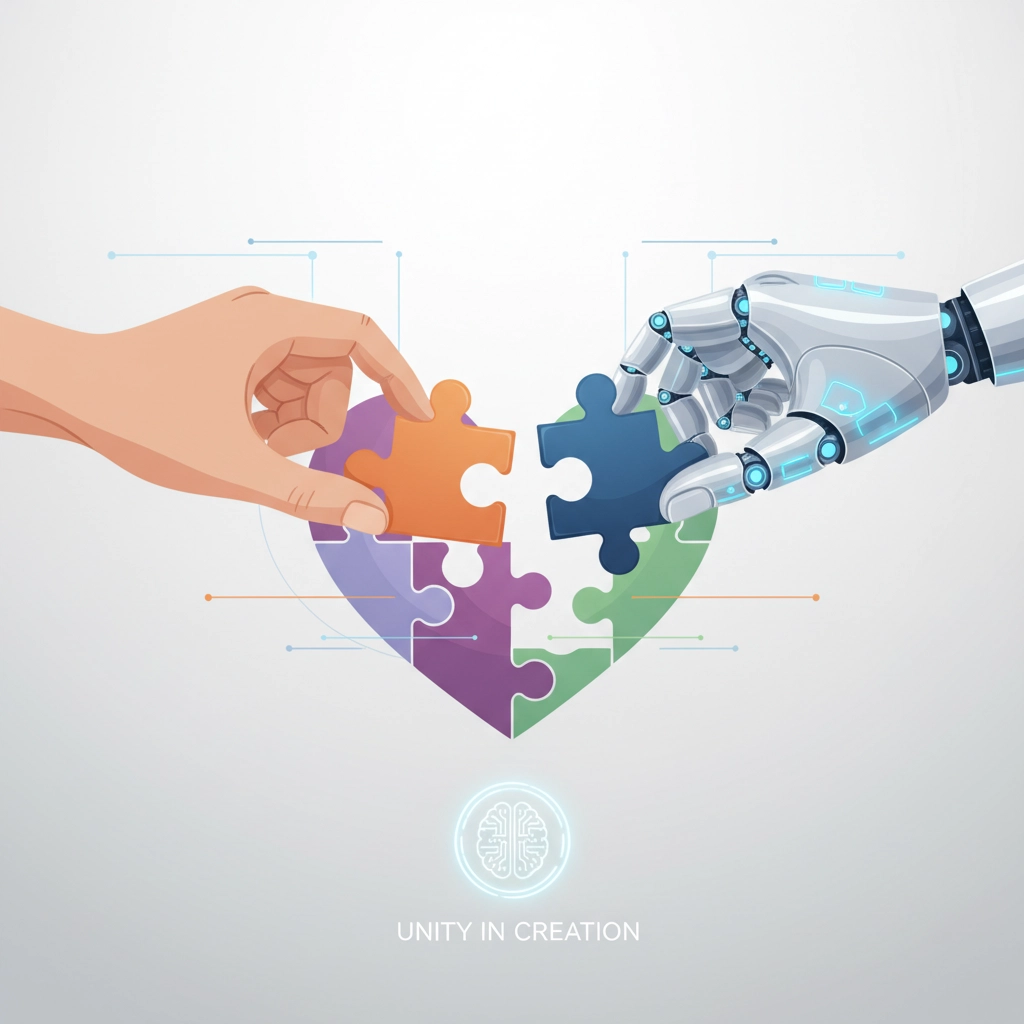How Can I Automate My Marketing and Still Be Authentic?
- Adam Churchwell
- 6 days ago
- 5 min read
Updated: 2 days ago
Let's cut straight to it, yes, you absolutely can automate your marketing while staying authentic. The trick isn't choosing between efficiency and genuine connection; it's designing your automation to amplify your authentic voice rather than replace it.
The biggest misconception small business owners have is thinking automation means robotic, impersonal messaging. But here's the reality: when done right, automation actually gives you more time and energy to focus on the human elements that build real relationships with your customers.
Start With Your Brand Foundation
Before diving into any automation tools, you need a crystal-clear understanding of your brand voice and personality. This is where most businesses stumble: they jump straight into setting up email sequences or chatbots without establishing the authentic foundation that should guide every automated interaction.
Your brand voice isn't just a list of adjectives like "friendly" or "professional." It's how you'd explain your solution to a friend over coffee, the stories you'd tell, and the specific language you'd use. When this voice is well-defined, your automated messages will feel like natural extensions of conversations you'd have in person.

This foundation becomes especially important when you're using AI tools to help create content. Without clear brand guidelines, AI-generated messages can sound generic or miss the mark entirely. But when you have a solid brand voice documented, you can train AI systems to write in your style consistently.
Use Data to Personalize Meaningfully
Here's where automation gets exciting: you can use customer data to create personalized experiences that would be impossible to deliver manually at scale. But there's a huge difference between meaningful personalization and creepy over-personalization.
Segment your audience based on factors that actually matter to them: their industry, business challenges, or where they are in their customer journey. Then use these segments to deliver content and offers that genuinely help solve their specific problems. When someone receives an automated email about exactly the challenge they're facing, it doesn't feel automated: it feels helpful.
The key is focusing on relevance over novelty. You don't need to mention their recent LinkedIn post or reference their company's latest news. You just need to address their real needs with solutions that make sense for their situation.
Master the Art of Human-AI Collaboration
The most successful businesses aren't replacing humans with AI: they're using both strategically. Let AI handle the data analysis, pattern recognition, and repetitive tasks while your human team focuses on strategy, creativity, and relationship building.
For example, AI can analyze customer behavior to identify the best times to send emails, which subject lines perform better, and what content resonates most. But your human insight determines the emotional tone, the strategic messaging, and the creative approach that makes people actually want to engage.

This collaboration extends to content creation too. AI can help generate ideas, draft initial content, or optimize for search engines. But your human voice shapes the final message, ensures it aligns with your brand values, and adds the personality that makes people care.
Reserve Key Moments for Personal Touch
Not every interaction needs to be automated, and the smartest business owners know exactly which moments deserve personal attention. These are usually the high-value touchpoints where a genuine human connection creates disproportionate impact.
Think about welcome sequences for new customers, responses to complaints, or follow-ups after major purchases. These moments are opportunities to show customers that there's a real person behind your business who cares about their experience.
You can still use automation to remind you when these moments happen or to provide templates for consistent messaging. But the actual outreach should come from you or your team, with personalized details that show you're paying attention to their specific situation.
Keep It Transparent and Ethical
Transparency isn't just good ethics: it's good business. When customers know they're interacting with automated systems, they adjust their expectations accordingly. But when they think they're talking to a human and discover it's a bot, trust gets damaged.
Be upfront about when you're using automation. If you have a chatbot, make it clear. If your emails are automated, that's fine: just make sure they're valuable and relevant. Most customers actually prefer efficient automated responses over slow human ones, as long as they know what to expect.

Regular auditing is crucial here. Set up monthly reviews of your automated campaigns to ensure they're still aligned with your brand values and delivering value to customers. What felt authentic six months ago might feel stale now, especially as your business evolves.
Measure What Actually Matters
Here's where many businesses go wrong with marketing automation: they focus on vanity metrics instead of authentic engagement. Open rates and click-through rates matter, but they don't tell you whether your automated messages are building genuine relationships.
Track metrics that indicate real connection: response rates to your automated emails, customer satisfaction scores, and whether automated interactions lead to meaningful business conversations. If your automation is truly authentic, people should want to engage further, not just consume passively.
Create feedback loops where customer responses inform your automation strategy. If you notice certain automated messages consistently generating confused replies or negative feedback, that's a clear sign to adjust your approach.
Scale Your Authentic Voice With Smart Tools
This is where having the right systems becomes game-changing. Instead of manually crafting every message, you can develop a comprehensive brand voice guide that helps maintain consistency across all your automated touchpoints.
At ASC Consultants, we've seen how powerful this approach can be through our brand evolution package. We help business owners create personalized knowledge bases that capture their unique voice, expertise, and customer insights. This foundation can then be used across most AI engines to ensure every automated message sounds authentically like you.
The result is automation that doesn't feel automated. When your brand voice is properly documented and integrated into your systems, you can scale personal connection without sacrificing authenticity.
Get Your Team Aligned
For automation and authenticity to work together, your entire team needs to understand the strategy. Marketing automation succeeds when everyone knows which interactions should be automated and which require human touch.
Train your team to recognize when automated responses aren't sufficient and when to step in with personal attention. Create clear escalation protocols so customer issues move seamlessly from automated systems to human support when needed.
Most importantly, make sure your team understands that automation isn't about replacing human connection: it's about making human connection more strategic and impactful.
The Bottom Line
Authentic marketing automation comes down to treating technology as a tool to amplify your genuine voice, not replace it. When you start with a clear brand foundation, use data strategically, maintain transparency, and reserve the right moments for personal touch, automation becomes a powerful way to build deeper relationships at scale.
The goal isn't to trick people into thinking everything is personalized. It's to use automation to consistently deliver value, maintain your authentic voice across all touchpoints, and free up your time to focus on the high-impact interactions that really matter for growing your business.
Remember: your customers don't care whether your helpful email was written by you at 2 AM or generated by a well-trained AI system. They care whether it helps them solve their problems and whether it feels like it comes from someone who understands their challenges.

Comments